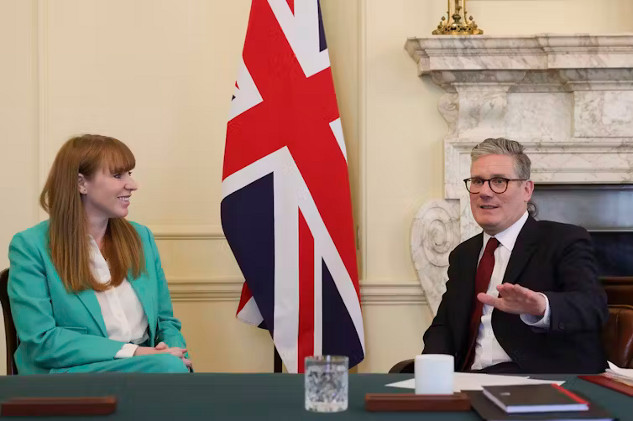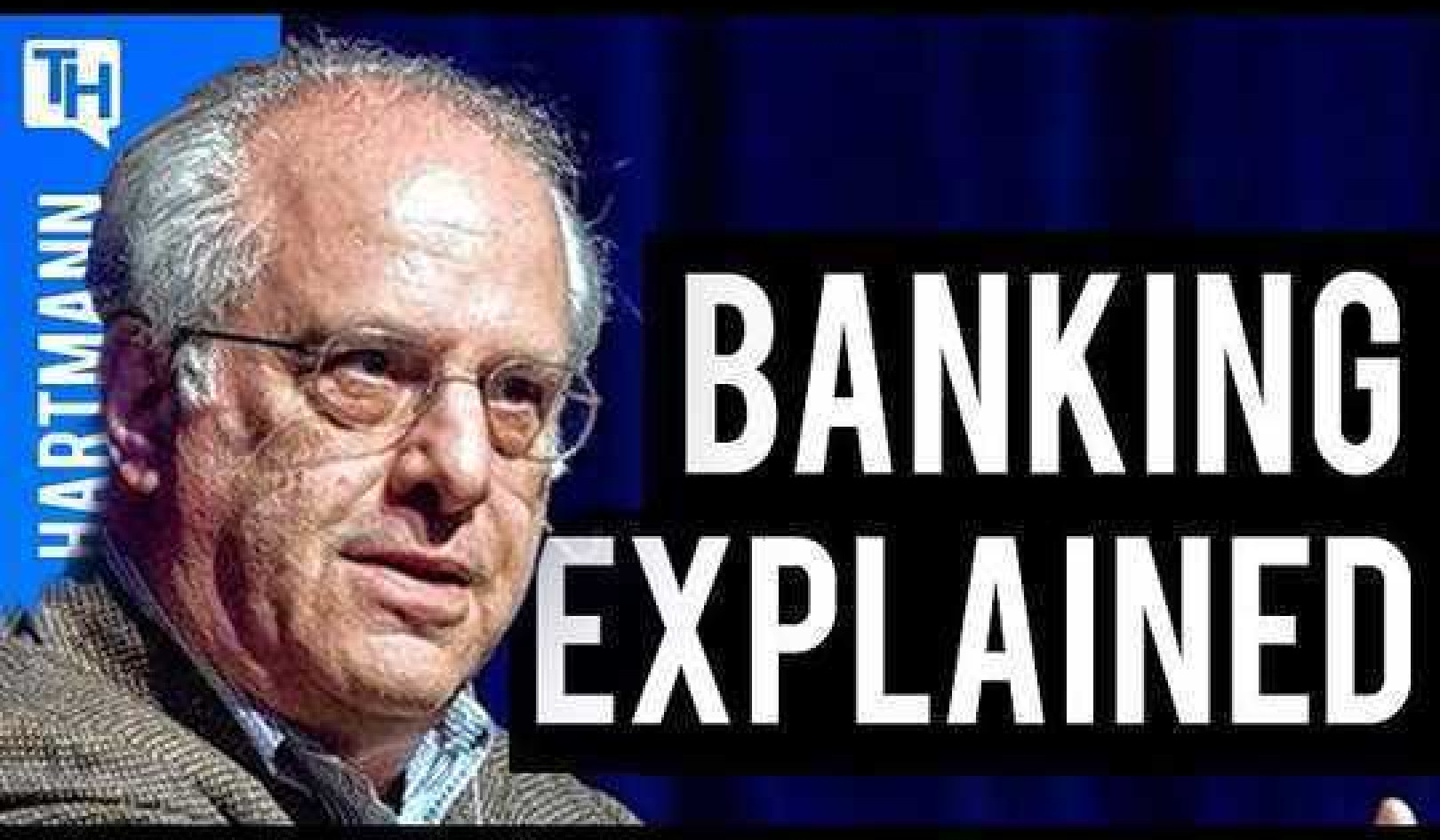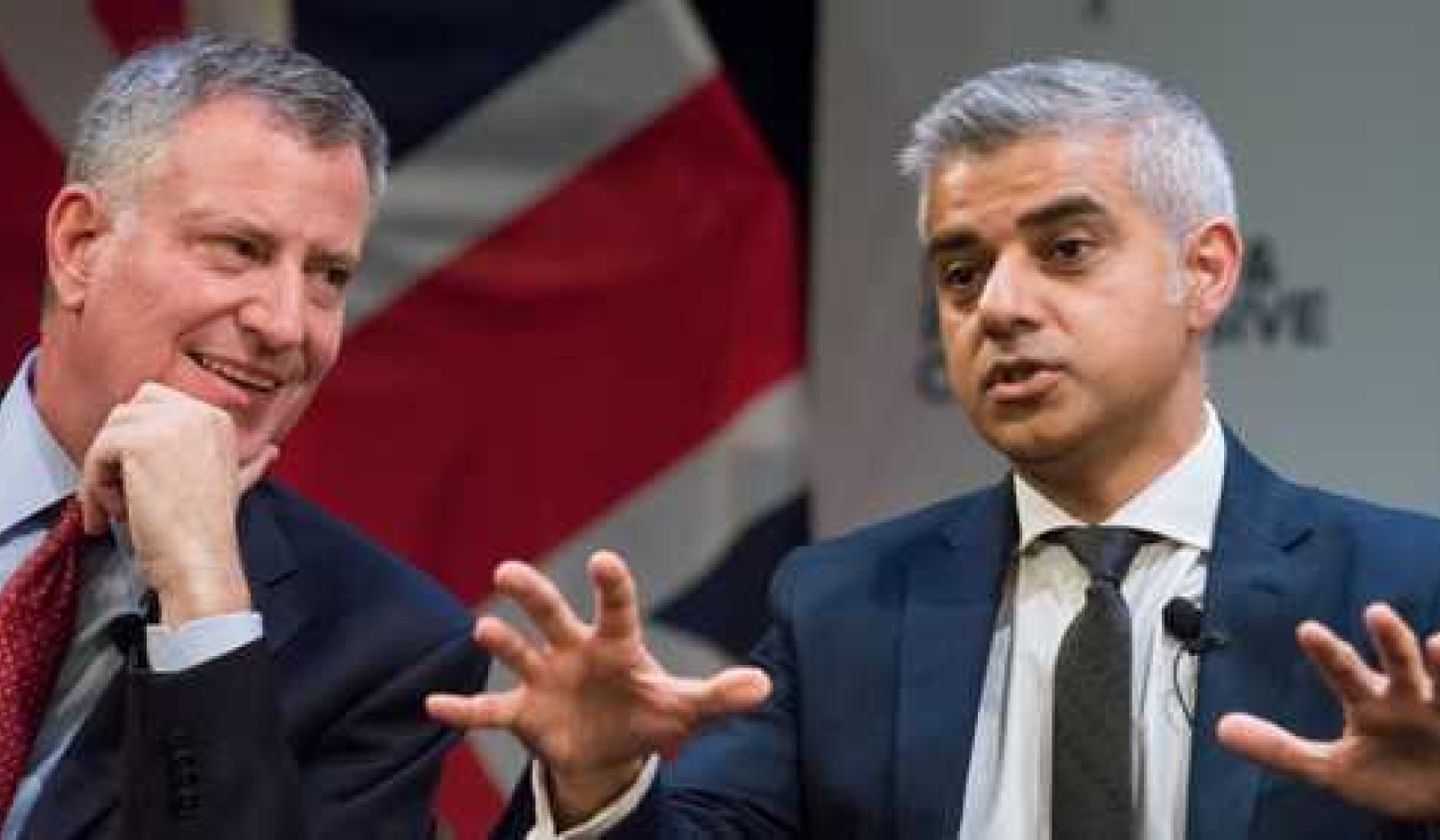
Keir Starmer has appointed Angela Rayner as his deputy. Simon Dawson / No 10 Downing Street, CC BY-NC-ND
Article Summary:
Keir Starmer's new cabinet, featuring a record number of women ministers, is a significant milestone in UK politics. Angela Rayner has been appointed as the deputy prime minister, with other key positions held by women, including Rachel Reeves as the first female chancellor. This article delves into the appointments, the significance of a gender-balanced cabinet, and the challenges the new government faces in delivering on their manifesto commitments. The experience and composition of Starmer’s team highlight both opportunities and potential hurdles in their governance.

After Historic UK Win: Keir Starmer' Appoints Record Women Ministers To Cabinet
As the dust settles on Labour’s historic election win, Keir Starmer, the UK’s new prime minister, has appointed his team of senior ministers. These men and women (of whom there are a record number in this cabinet) are now responsible for governing and delivering on the party’s manifesto commitments.
The ability to choose who sits in cabinet and what jobs they have is hugely empowering for any prime minister. Most ambitious politicians crave high office, which locks them into an essentially submissive relationship with the prime minister.
Prime ministers are bound by the convention that ministers must sit in and be accountable to parliament, and they also need to maximise the payroll vote – the body of MPs who hold offices that require them to support the government – in the House of Commons. For political reasons, some colleagues’ standing will demand their inclusion in the cabinet.
Otherwise, prime ministers enjoy considerable discretion when appointing posts. Even a supposed legal cap on the cabinet’s size can be circumvented by conferring “attending” status on some ministers and paying them a lower salary. And those prime ministers who have just led their party to a thumping victory, like Starmer, almost certainly feel emboldened when forming their government.
There are no surprises at the top of Starmer’s cabinet. Labour’s deputy leader, Angela Rayner, is the new deputy prime minister and secretary of state for levelling up, housing and communities. Her gender, background and style all complement Starmers’. She can reach parts of the party that Starmer cannot and will help keep the party onside during the inevitably difficult times ahead.
Rachel Reeves becomes chancellor of the exchequer, the first woman to do so, having shadowed the position for three years. Widely perceived to be on the right of the party, Reeves forged a good working relationship with Starmer in opposition. She now takes charge of responding to the government’s dire economic inheritance.
Of the other top jobs, the one-time Blairite David Lammy is the new foreign secretary, while Yvette Cooper becomes home secretary. Like Reeves, both have shadowed their jobs since 2021. Unlike Reeves, they bring prior government experience, including, in Cooper’s case, cabinet-level experience.
Ed Miliband, another former cabinet minister, also takes the job he shadowed: energy and climate change. Miliband happens to be a former Labour leader as well. He is only the fifth ex-leader of a major party since 1945 to serve subsequently in a cabinet position (the most recent was Lord Cameron, the outgoing foreign secretary).
Others who made the direct move from their shadow posts into office include the new justice secretary, Shabana Mahmood, John Healey at defence, Bridget Phillipson at education, Wes Streeting at health and Liz Kendall, the work and pensions secretary. In fact, all but three of Starmer’s cabinet held the same post in opposition. Lisa Nandy, who was shadow minister for international development, becomes the culture secretary in place of Thangam Debbonaire, who lost her seat, while the soon-to-be-enobled Richard Hermer, a practising lawyer, will attend as attorney general. Anneliese Dodds becomes the new minister for women and equalities, the position she shadowed, and takes the international-development brief.
How does it compare?
The new cabinet is the second largest of any incoming government since 1945 with 26 ministers in total attending. But it is somewhat smaller than recent cabinets: the number of all attendees has averaged over 30 since the formation of the 2010 coalition government. The new cabinet is also slightly smaller than the outgoing 31-member shadow cabinet. Some of those who lost out this time may well be offered ministerial roles outside the cabinet.
Starmer’s cabinet is the most gender-balanced in history, and is relatively youthful, at least by historical standards. Hilary Benn, the Northern Ireland secretary, is the oldest member at 70, while the transport secretary, Louise Haigh, is the youngest at 37. It is a predominantly state-educated cabinet, but one not as ethnically diverse as some recent Conservative cabinets.
Reflecting Labour’s long stint in opposition, Starmers’ is the second least experienced cabinet since 1945 measured by the proportion of former ministers among its ranks. But it can draw on more experience than Tony Blair’s 1997 cabinet, only four of whom had previously been in government. Eight members in Starmer’s cabinet have been ministers before, including three (Cooper, Miliband and Benn) who have previously sat in cabinet (three ministers outside of the cabinet, Douglas Alexander, Jacqui Smith and Stephen Timms have also previously sat in cabinet). Their experience may be invaluable in the early stages of the new government.
Tough choices
Some prime ministers have found forming a government a difficult business. Trade-offs are usually required, and colleagues are left disappointed. Ramsay MacDonald, Labour’s first prime minister, described cabinet making as “the most horrible job of my life”.
Most of Starmer’s tough choices – weighing up potential ministers’ likely governmental competence, their presentational skills, their political value and their views on policy – were made in opposition. So too were his considerations about the cabinet’s ideological or factional balance, as well as its gender, ethnic, class and geographic profile. He has essentially gone with the team he led into the election.
With the cabinet appointed, now comes the hard task of governing. Starmer’s ministers will find that being in office is different to being in opposition. Some of the skills that helped them as shadows will help them now, but time will also reveal who has the temperament and skill set needed to be an effective minister.
At some point, Starmer will want to act on this knowledge and reshuffle his cabinet. Until he does, ministers will be motivated in part by the knowledge that just as the prime minister gives, so the prime minister can take away. They will need to prove themselves if they are to avoid the first swing of Starmer’s axe.
This piece has been updated to include the appointment of Anneliese Dodds.![]()
Nicholas Allen, Professor of Politics, Royal Holloway University of London
Conclusion:
Keir Starmer’s appointment of a historic cabinet with a record number of women ministers represents a progressive step for UK politics. As the new government begins its term, the challenges of governing effectively and delivering on their promises will test the capabilities and resilience of Starmer’s team. The balanced representation in the cabinet not only sets a new standard but also underscores the importance of diverse leadership in addressing the nation's issues.
This article is republished from The Conversation under a Creative Commons license. Read the original article.

Related Books:
On Tyranny: Twenty Lessons from the Twentieth Century
by Timothy Snyder
This book offers lessons from history for preserving and defending democracy, including the importance of institutions, the role of individual citizens, and the dangers of authoritarianism.
Click for more info or to order
Our Time Is Now: Power, Purpose, and the Fight for a Fair America
by Stacey Abrams
The author, a politician and activist, shares her vision for a more inclusive and just democracy and offers practical strategies for political engagement and voter mobilization.
Click for more info or to order
How Democracies Die
by Steven Levitsky and Daniel Ziblatt
This book examines the warning signs and causes of democratic breakdown, drawing on case studies from around the world to offer insights into how to safeguard democracy.
Click for more info or to order
The People, No: A Brief History of Anti-Populism
by Thomas Frank
The author offers a history of populist movements in the United States and critiques the "anti-populist" ideology that he argues has stifled democratic reform and progress.
Click for more info or to order
Democracy in One Book or Less: How It Works, Why It Doesn't, and Why Fixing It Is Easier Than You Think
by David Litt
This book offers an overview of democracy, including its strengths and weaknesses, and proposes reforms to make the system more responsive and accountable.






















